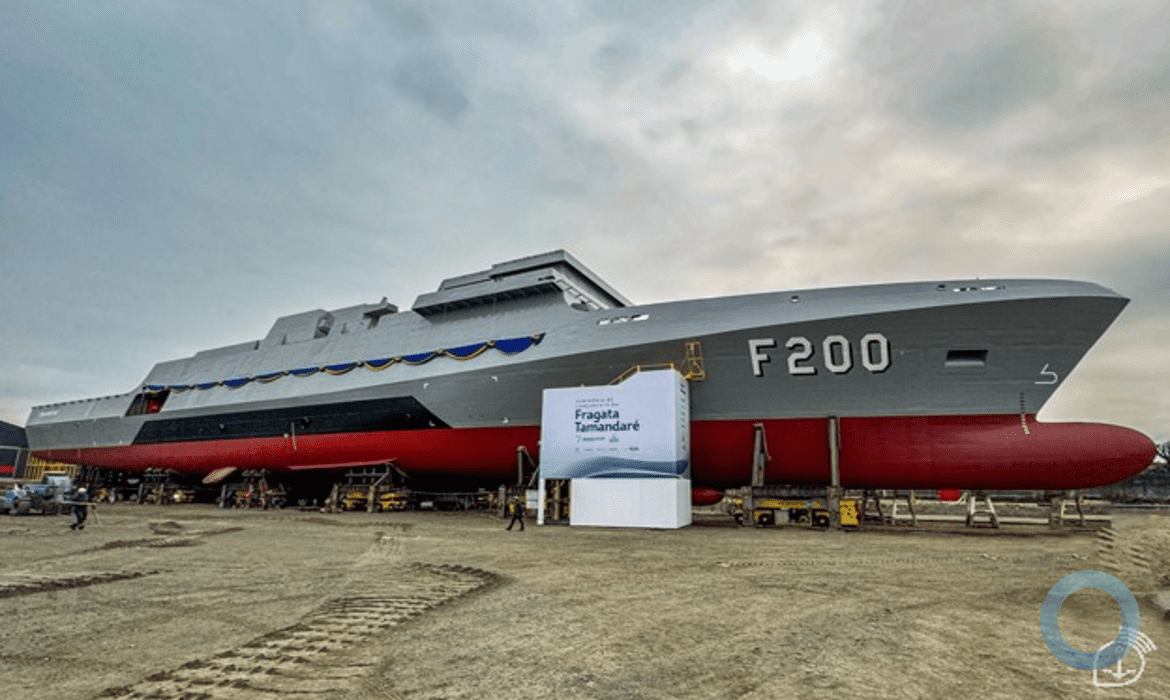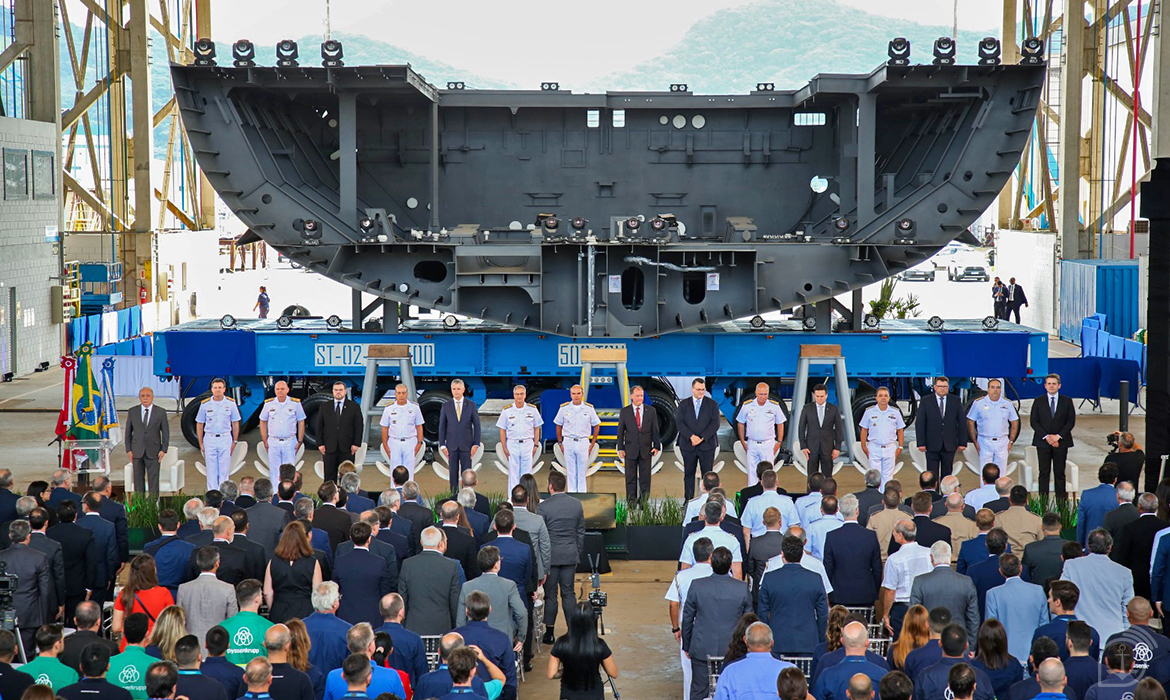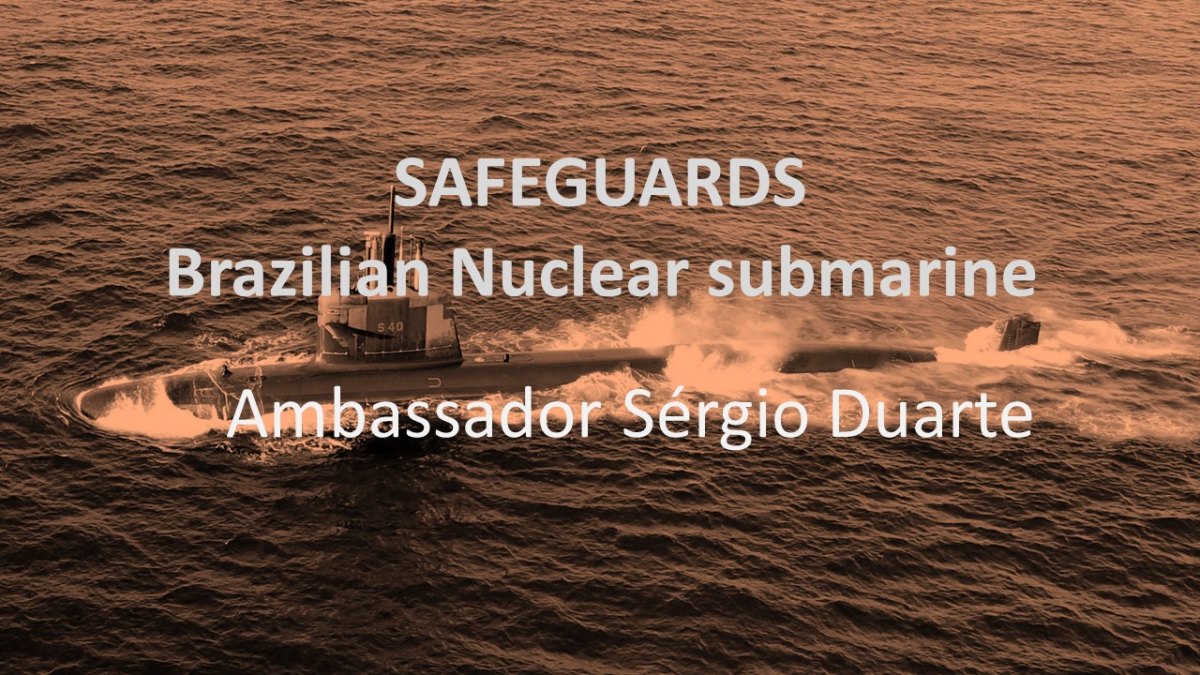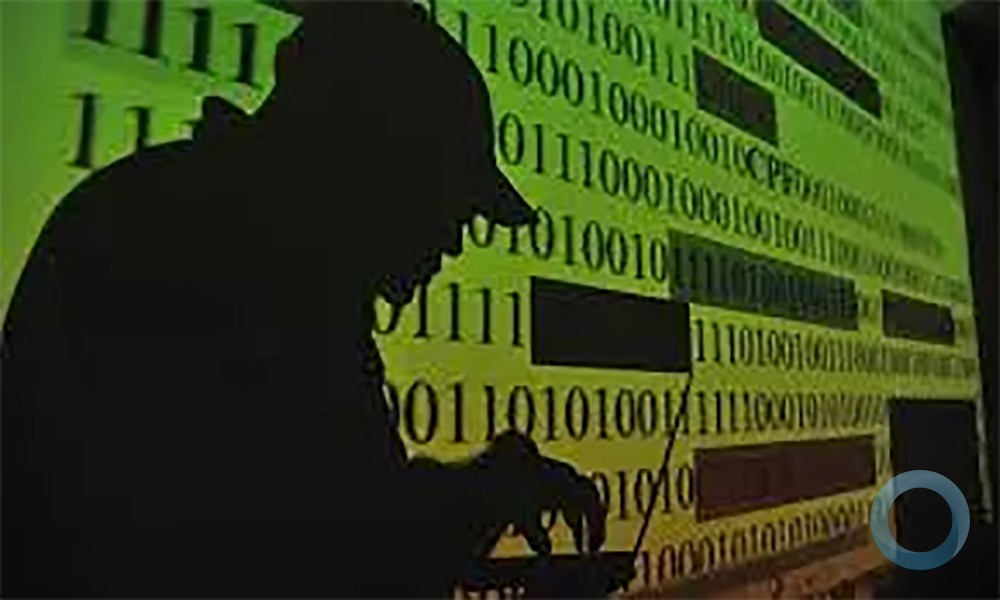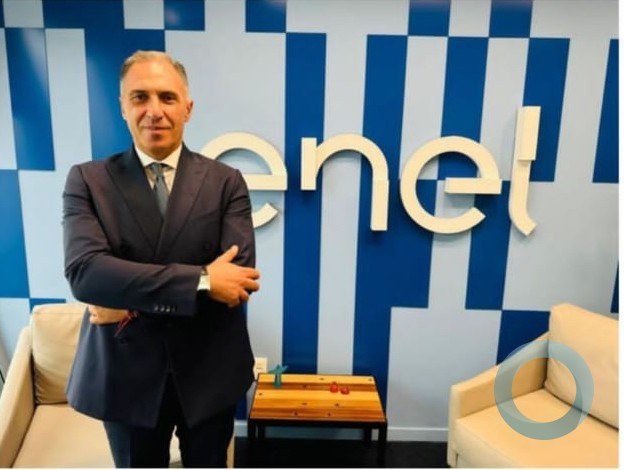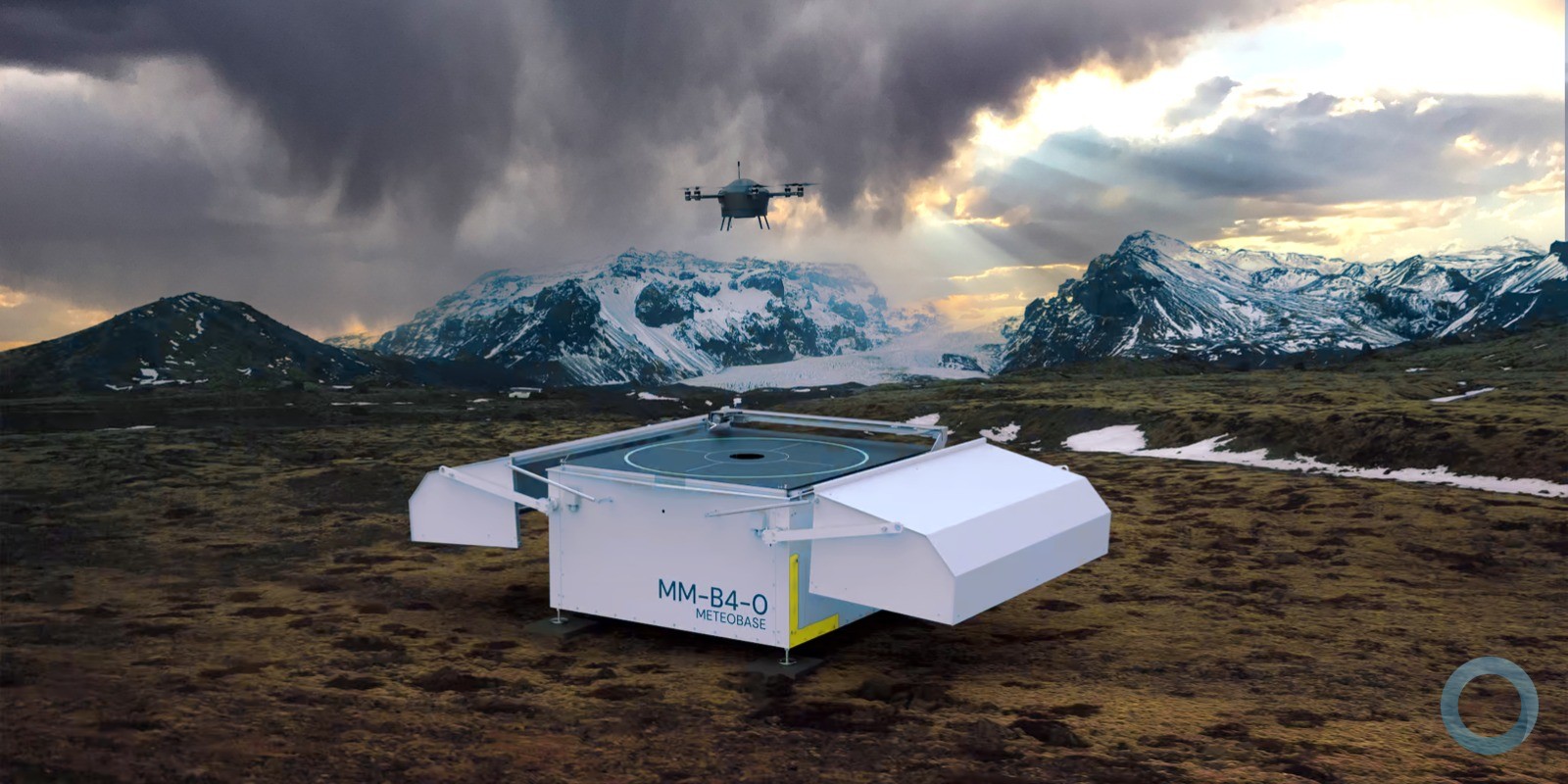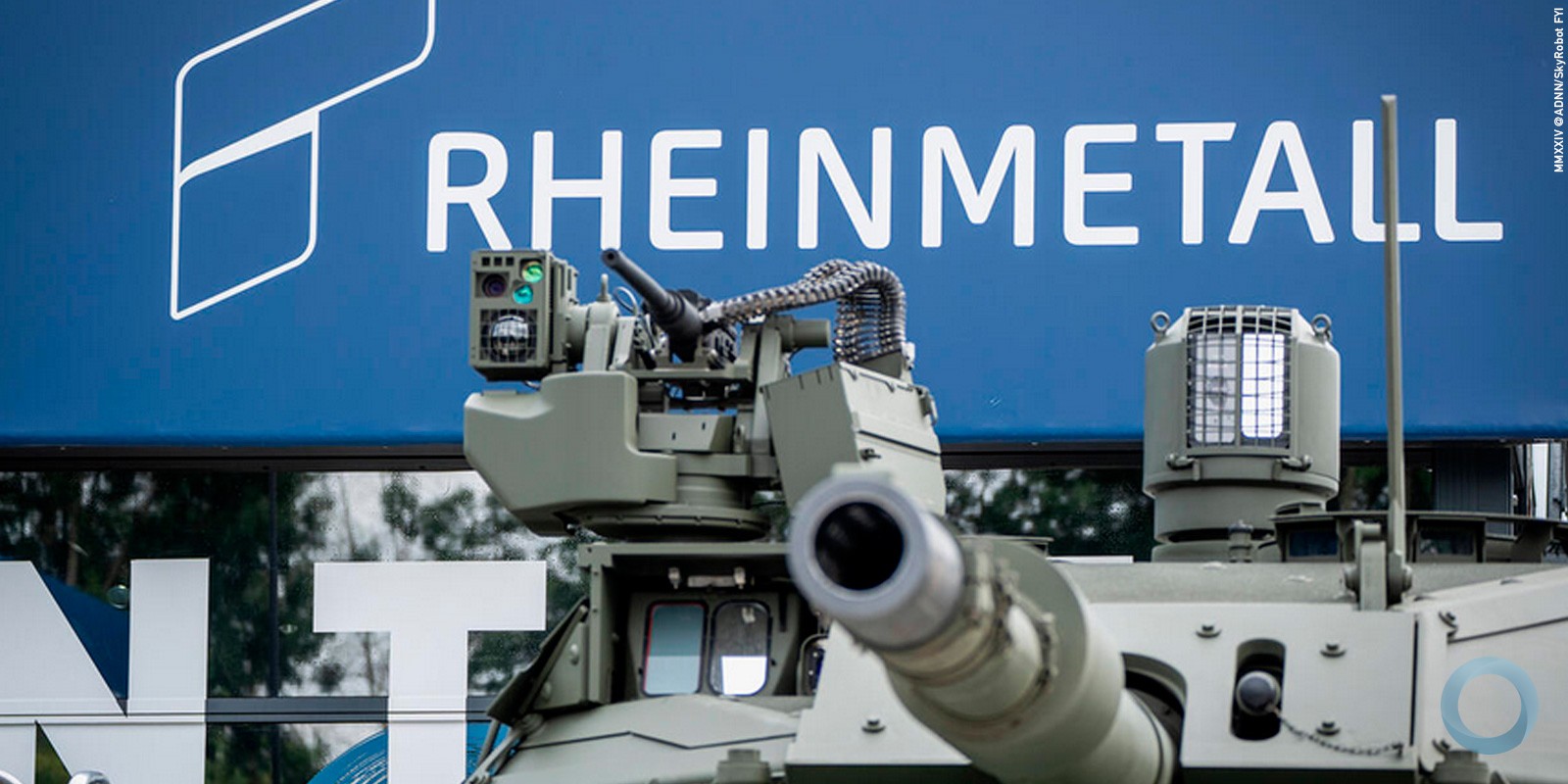Andréa Barretto
The Office of Program Management (DGePM, per its Portuguese acronym), responsible for directing activities as important and challenging as the development of a system for monitoring Brazilian waters, is now under new leadership. Rear Admiral Petronio Augusto Siqueira de Aguiar assumed the role on January 16th.
Established in 2013, the DGePM went into service in January 2014 and oversees 10 programs. In an interview with Diálogo on February 22nd, Rear Adm. Petronio discussed his new responsibilities and the office’s priorities for 2017.
Diálogo: Admiral, you just left the 6th Naval District Command, where you were responsible for managing the Navy’s activities, such as operations, patrols, etc. How has the move been to such a wide-ranging project management unit?
Rear Admiral Petronio Augusto Siqueira de Aguiar: Despite the disparities in operational activities that I recently experienced in the 6th District, the DGePM’s scope is highly compatible with operational activities, given that its tasks are designed to offer the best solutions for the Navy’s materiel director’s decision-making process, and consequently, for the Navy’s top administration, with the goal of keeping our force modern, steady, and balanced, with well-equipped naval, naval-air, and marine resources that are compatible with Brazil’s political and strategic involvement on the world stage.
Diálogo: What are your main responsibilities as director of the DGePM?
Rear Adm. Petronio: The director’s main duties can be summed up in actions to develop the constant, sustainable capacity for designing, procuring, and maintaining new naval resources. They also involve developing a real capacity for an operational overhaul of our current naval assets, especially our large surface ships and submarines currently in use.
Finally, but no less important, one of the director’s duties is to set the tone for integrating the logistical support of a modern naval platform and its combat system, from the design phase all the way through to disposal.
Diálogo: What programs is the DGePM overseeing?
Rear Adm. Petronio: This office was recently restructured. At the time of that change, the DGePM was overseeing the Blue Amazon Management System and the procurement of future Ocean Patrol Vessels. [The Blue Amazon is a vast, strategically important area of the ocean off the Brazilian coast comprising nearly 52 percent of the country’s continental territory. The region holds such a wealth of resources that it is compared to the Amazon Forest].
In addition to these duties already in place, the directorate is now in charge of projects to procure Tamandaré class corvettes; escort ships [frigates]; aircraft carriers, and amphibious craft. It is also going to manage the naval force’s current vessels and the upgrade of Niterói-class frigates and Barroso-class corvettes.
This set of projects also includes a submarine modernization project and the responsibility of managing the lifecycle of naval resources and the systems that are going to be acquired in coordination with several other Navy units.
Diálogo: When you refer to ship procurement, does that mean just purchasing ready-made units, or does it also include the idea of developing these resources?
Rear Adm. Petronio: The idea is always to try to build domestically.
Diálogo: Among the naval procurement projects that you have mentioned, which ones are priorities?
Rear Adm. Petronio: The Brazilian Navy has two priorities. The first is our submarine procurement program, which was established before the DGePM was set up, and therefore is being carried out by another organization, the General Coordination Office of the Nuclear-Powered Submarine Development Program.
Our second priority is to acquire four Tamandaré-class corvettes. As far as that goes, we are now finalizing our first call for bids, in which we lay out some of the project’s features, enabling companies to demonstrate their intention to be involved in this process. Afterward, we will publish another document in which we will open this up so that the marketplace can learn more about the project’s technical specifications. From there, we will really begin the process of negotiating with companies.
Diálogo: Why are Tamandaré corvettes the priority?
Rear Adm. Petronio: A corvette is a heavily armed escort ship that every navy possesses. They are military vessels, also called warships. The Brazilian Navy is now in need of this kind of equipment, given that our current surface ships are coming to the end of their useful life.
Diálogo: In what development phase is each of the programs managed by the DGePM, and what are the development expectations for 2017?
Rear Adm. Petronio: There are quite a few projects and thus, we are at different levels of development among them. At this point, our expectations are to complete ongoing planned activities. The major factor that might impact that timeline is the budgetary and financial availability.
Diálogo: Can creative solutions be found to cope with the budgetary constraints imposed on the Armed Forces? How do you deal with that issue?
Rear Adm. Petronio: At no point have the current budgetary constraints and an unfavorable economic climate with belt-tightening and cutbacks hindered the Brazilian Navy. Under such conditions, we must deal realistically with this issue, but also view it as an opportunity to improve our efficiency in carrying out our duties, from the simplest to the most complex.
Diálogo: The Blue Amazon Management System was put on hold during current budget cuts. Is there any likelihood that the project might resume in 2017?
Rear Adm. Petronio: It’s important to emphasize that the Blue Amazon Management System was designed for rollout in three distinct phases: design, contracting, and development.
The design phase is the one in which the issues of monitoring, command, and control of territorial waters and those of interest to Brazil, have been carefully studied and detailed in a set of documents that describe the functioning and capabilities that the system should have, without recommending any technology in particular. That phase was completed without any obstacles.
The contracting phase is the one in which the most advantageous proposal for developing and implementing the Blue Amazon Management System was to be selected. That phase was put on hold, a fact widely published at the time.
In 2017, the Brazilian Navy is evaluating the possibility of resuming this project.
Diálogo: How do you view the importance of these projects for the Brazilian Navy, in terms of the advances that will enable Brazil’s defense?
Rear Adm. Petronio: The Brazilian Navy’s exclusive programs and projects will enable the nation to secure a high level of regional cooperation, international deterrence, and credibility in civil society, given that the force will be more effective in fulfilling its constitutional mission and legal obligations.
These achievements will contribute to our nation’s development in multiple sectors. For example, building the Naval Power Core [one of the Navy’s strategic projects, consisting of modernization programs such as the development of both conventional and nuclear-powered submarines], with new surface ships, submarines, and aircraft will contribute to the development of the defense industry and its related sectors. The naval industry is considered a base industry, and its increase leads to growth in other sectors, such as electronics, metallurgy, and information technology.
On the social side of things, I would point to the considerable number of jobs directly or indirectly created by naval and civil construction, especially in the southern, southeastern, and northeastern regions of the country.






